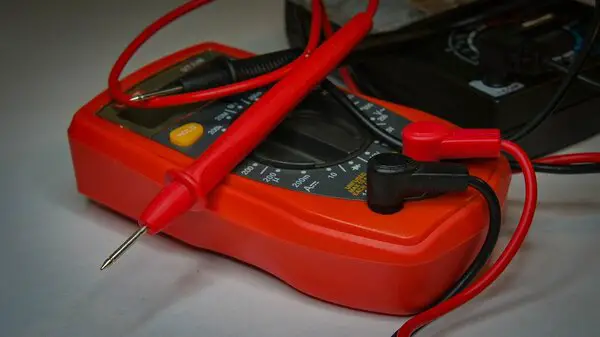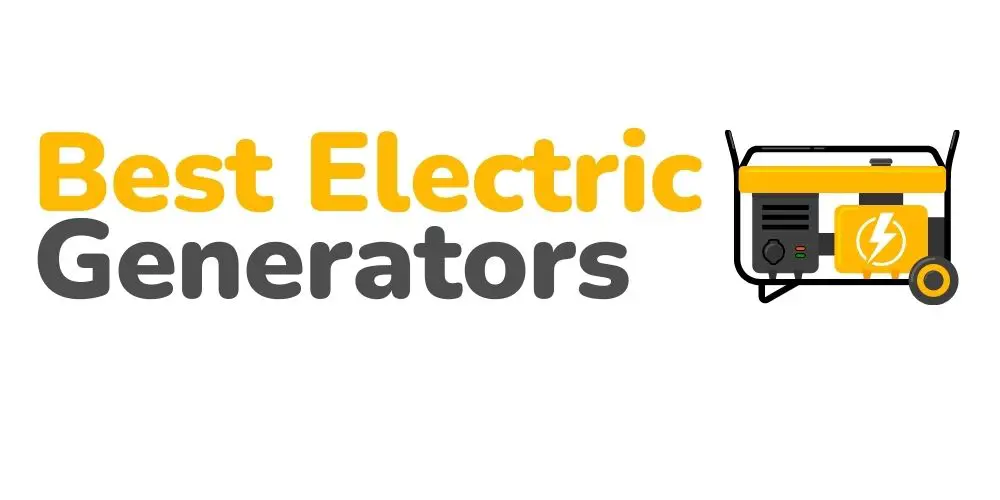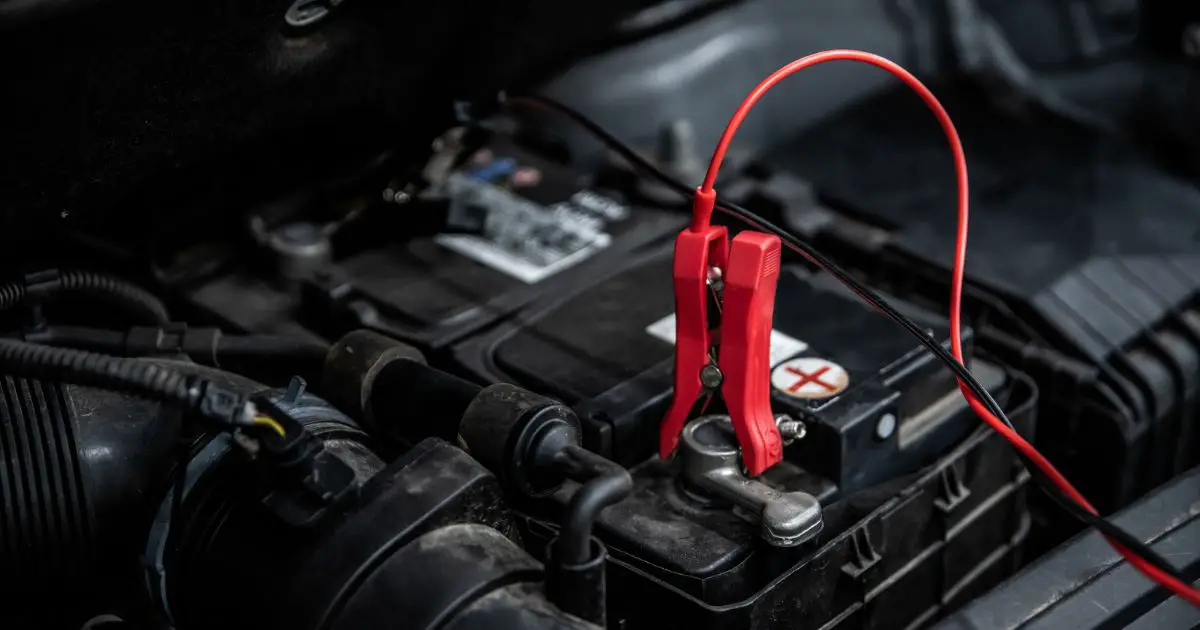
Portable generators regulate voltage through an AVR or inverter. There are two types: traditional and inverter-type generators.
Traditional generators rely on Automatic Voltage Regulators (AVRs) to regulate the output voltage. They’re typically heavier and more powerful than inverter generators. Inverter generators, on the other hand, are famous for their cleaner power output.
So, how does it work? What is an AVR or an inverter, and how does it operate? And more importantly, why do you need to regulate voltage?
Let’s take a closer look at how portable generators regular voltage.
The Basics: What and Why?
What is voltage regulation? The name is self-explanatory. Voltage regulation refers to a spectrum of techniques used to maintain a constant voltage. It’s another name for maintaining a smooth voltage output than the fluctuating one.
A voltage regulator delivers the same output regardless of external conditions. It resists changes in voltage when met with different load conditions, input voltages, and temperatures.
Voltage regulation is essential for any power supply. If the supply cannot guarantee a near-constant voltage, it’s not efficient.
Your electronics can usually withstand slight variations in the voltage. But if the variations occur too frequently, they can damage or destroy your components.
Voltage regulators have a certain threshold across which they operate. They can regulate fluctuating or unwanted conditions. But if the conditions are beyond their threshold, they will ultimately fail.
Regardless, you can get some highly efficient and “clean” power from your generator’s voltage regulator. Depending on how they regulate voltage, generators can be traditional generators or inverters.
Traditional Vs. Inverter Generators:
Generators rely on a variety of techniques to ensure the output voltage is always constant. In this regard, generators are divided into two sub-categories:
Traditional Generators:
Traditional generators use Automatic Voltage Regulators (AVRs) to maintain a steady output.
The generator’s output voltage is fed into the circuit and then transformed, rectified, and filtered as normal to obtain a DC voltage. This voltage is compared to a reference voltage. And the difference between the two is the error voltage.
The circuit amplifies the error voltage and feeds it into the main or pilot exciter. The exciter works on the principle of either a buck (voltage lowering) or boost (voltage raising) action. By raising and lowering the voltage several times, the output voltage is brought close to the reference voltage.
Whenever a sudden change in the generator’s load occurs, a similar change produces in the exciter circuit. This change is responsible for supplying the same voltage regardless of the input conditions.
Inverter Generators:
The word “inverter” gets thrown around quite a lot; Inverter A/C, inverter fridge, and now even inverter generators.
Inverter generators rely on a new technology that first converts the voltage to DC and inverts it to AC.
All inverters start like traditional generators. An alternator produces high-voltage, multi-phase AC voltage that gets fed into the system. But here’s where the differences start.
The inverter first converts the AC power to DC power using any suitable method (usually through rectifiers). Then it converts this constant DC voltage back into AC via an inverter circuit.
The main advantage of this is a smoother AC output with minimal circuitry. The inverter circuit is, more often than not, controlled by a computer or microprocessor. Thus, it is far more efficient than an AVR.
One way to measure the voltage’s consistency is through a measurement called the Total Harmonic Distortion (THD). The more the THD, the more the voltage will be fluctuating. Inverters, no doubt, offer better THD results than standard AVR generators do.
Advantages of Traditional Generators:
- They’re able to produce more power with minimal losses. Several factors contribute to this, such as the difference in the electricity production and the fuel tank’s size.
- They can power up a whole house. Traditional generators can have a rated power output that may exceed 10,000 watts. For power-hungry appliances and supplying a whole house or RV with power, these are the best.
- Traditional generators are a lot cheaper. Since they don’t use a microprocessor and don’t require more circuit components, they cost less.
Advantages of Inverter Generators:
- Inverter generators are lighter and more compact. They can be easily transported from one place to another. So, for people who have weaker hands, an inverter is a good choice.
- They don’t produce a lot of noise. Conventional generators are famous for their noisy output. Be it a constant humming or heavy mechanical noise; an inverter generator suppresses both. The noise output of each type of generator is normally mentioned on the product page. A typical inverter generator will produce anywhere from 54 to 58 decibels.
- They’re great for making parallel connections. What do you do if you need more power in your devices? Manufactures of inverter generators let you connect two generators in parallel. So, you can get more power output than the two generators together.
- They have a cleaner output. This ties back to what we discussed about voltage regulation. Inverter generators are far better at maintaining a constant voltage output.
- With an inverter generator, you also get DC outlets such as USB ports and 12V DC outlets.
What Is the Purpose of a Voltage Regulator?
A voltage regulator maintains a constant voltage regardless of external conditions. It prevents output voltage changes when there’s a change in the input voltage, load, or temperature.

Can I Adjust the Voltage on A Portable Generator?
Yes, on a portable generator, you can adjust the voltage output so long as it doesn’t go beyond the regulator’s threshold. You can do so by slowing or increasing the RPMs of the motor. If you want to know the recommended voltage for the regulator, look at the user manual. It’s not recommended to open the generator and take a peek inside.
Are Voltage Regulation and Surge Protection the Same?
No, while similar, they are not the same. A voltage regulator typically has a range of changing voltages that it can regulate to the reference voltage. A surge protector, on the other hand, can handle higher voltages. Instead of converting the voltage to a “cleaner” voltage, it will simply sink the high voltage to the ground.
How Do Generators Regulate Voltage?
Generators are divided into two categories in this regard: traditional and inverter. Traditional generators use an Automatic Voltage Regulator (AVR) to maintain a constant voltage. Inverter generators convert the voltage to DC and then invert it back to AC. They provide cleaner outputs.
Which Is Better: Traditional Generator or Inverter?
Traditional generators have a few advantages. They provide more power to your house, and they cost less. But aside from that, there’s no reason you shouldn’t go for an inverter. It’s a bit more expensive, but the power is cleaner, and the operation is a lot quieter.
Conclusion
Portable generators are crucial to outdoor work. They provide a constant, uninterrupted voltage supply that powers our equipment and batteries. And now you know how they achieve this noble feat.
The type of voltage regulation depends on the type of portable generator. A traditional generator uses an Automatic Voltage Regulator (ARV). This relies on simple error correction.
On the other hand, an inverter generator converts AC power to DC and inverts it back into AC. This dramatically reduces fluctuations and provides cleaner power than a traditional generator.


